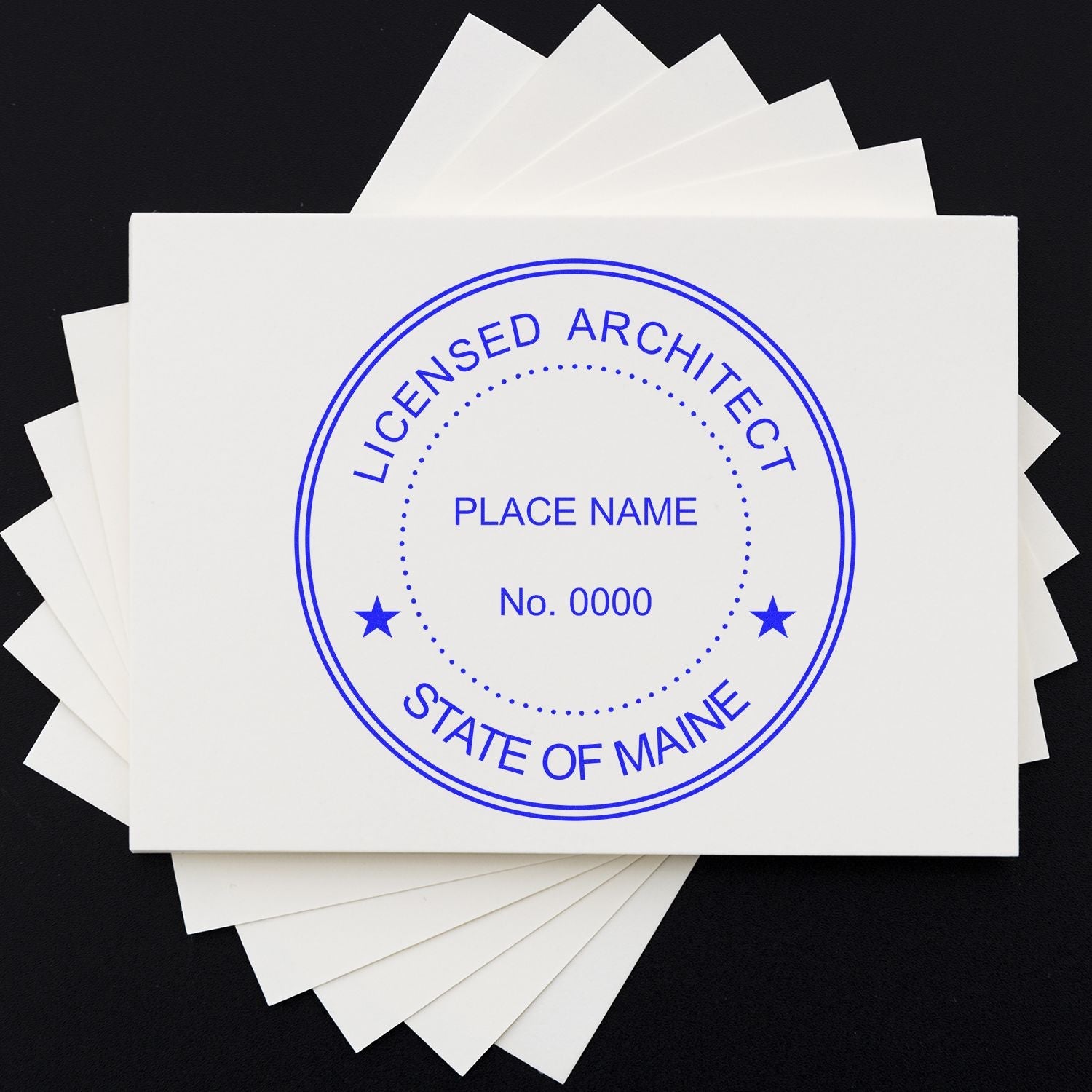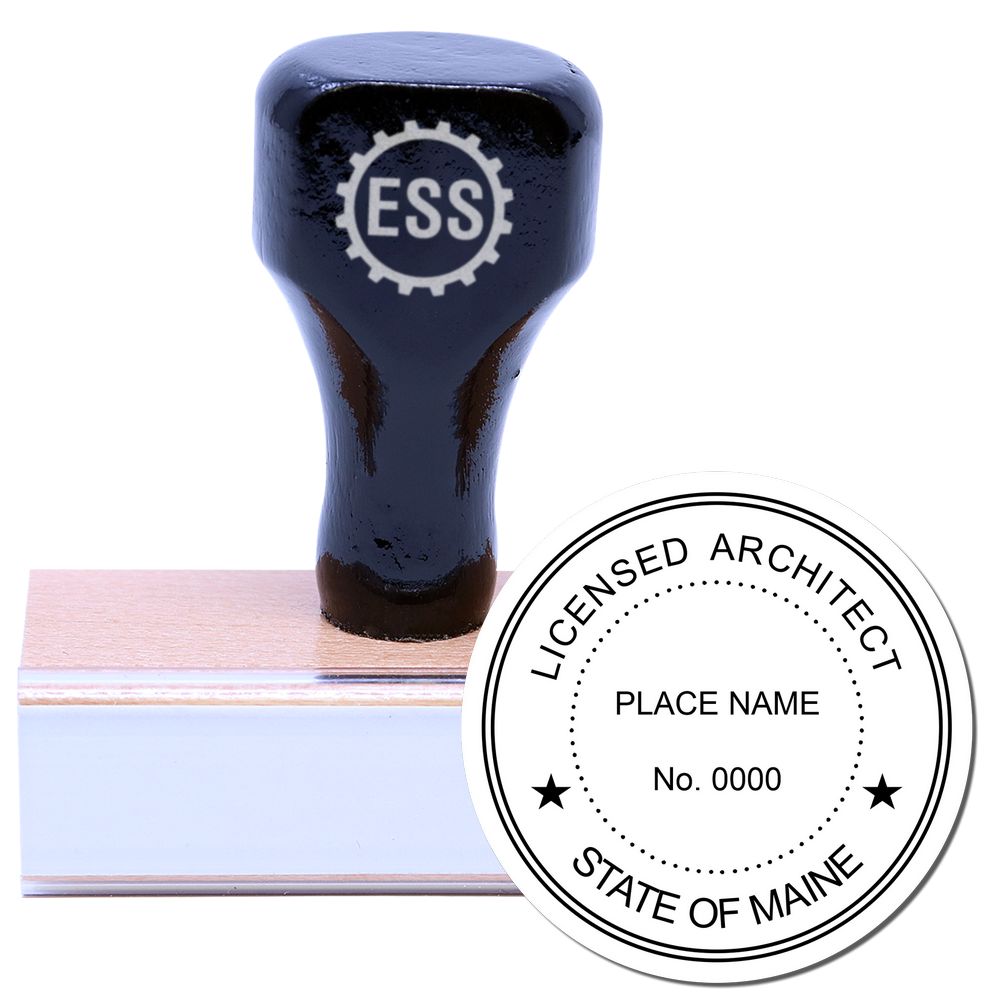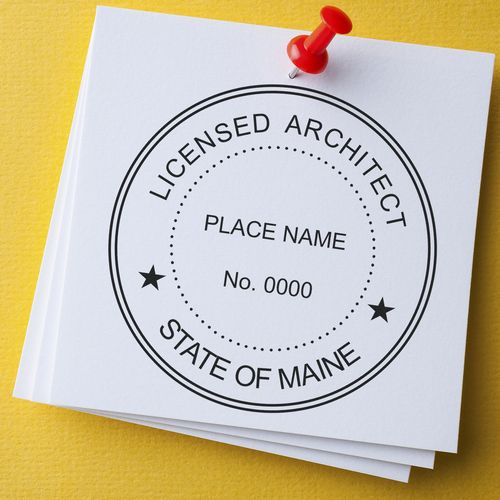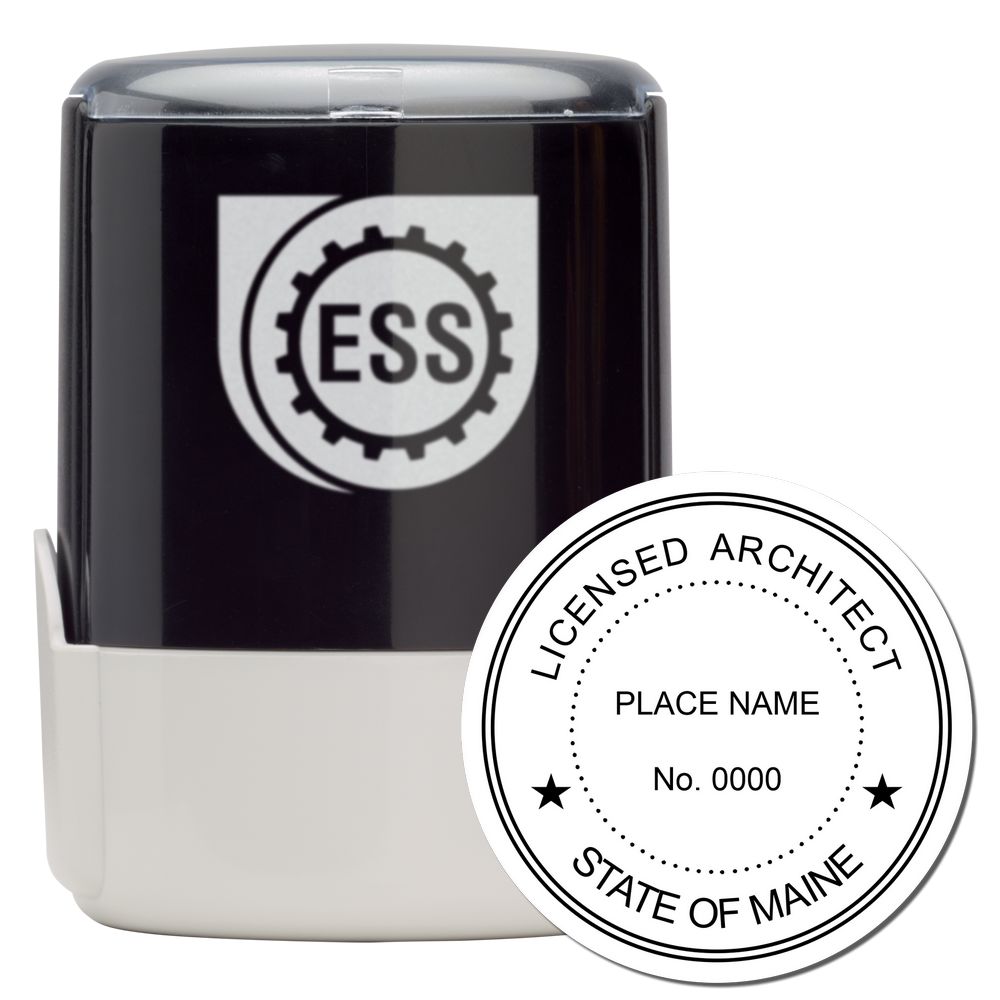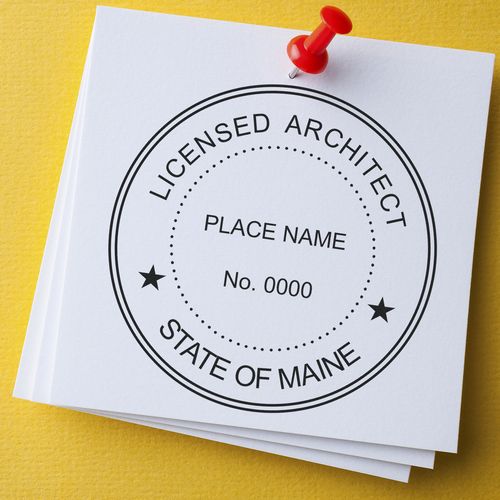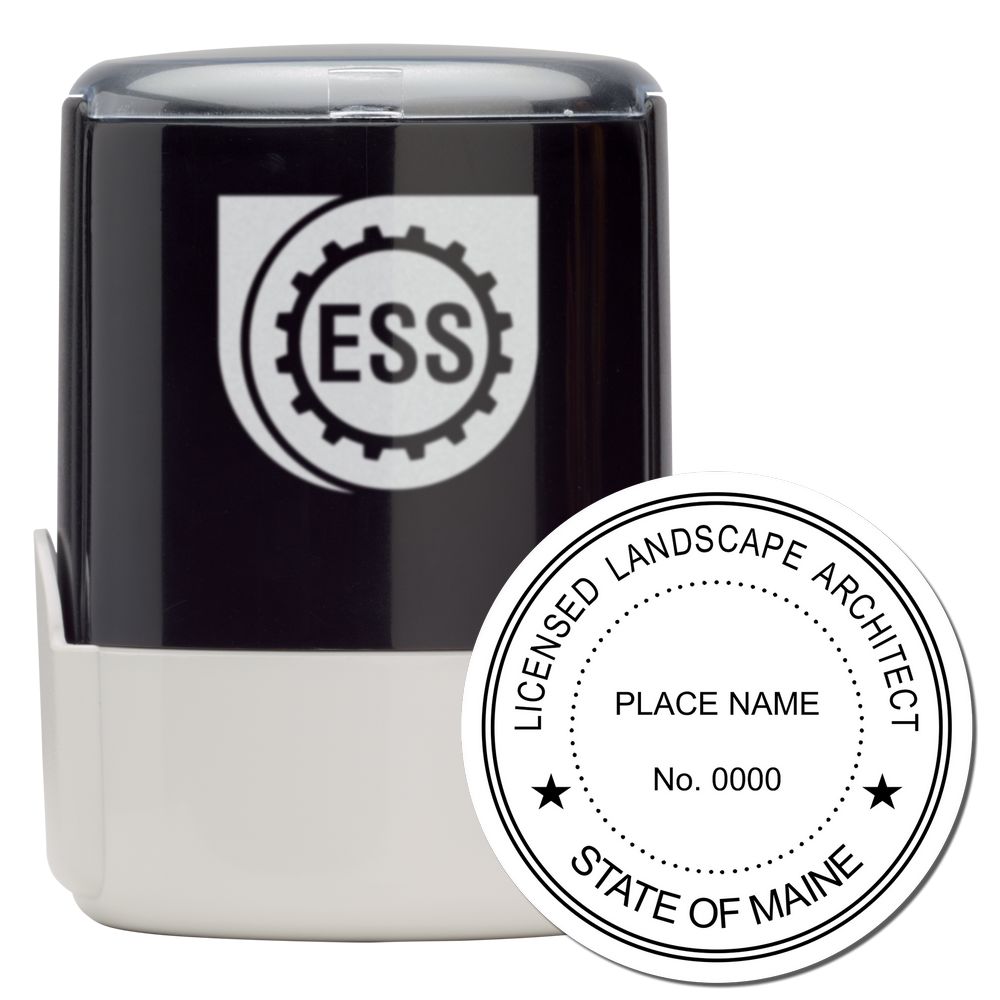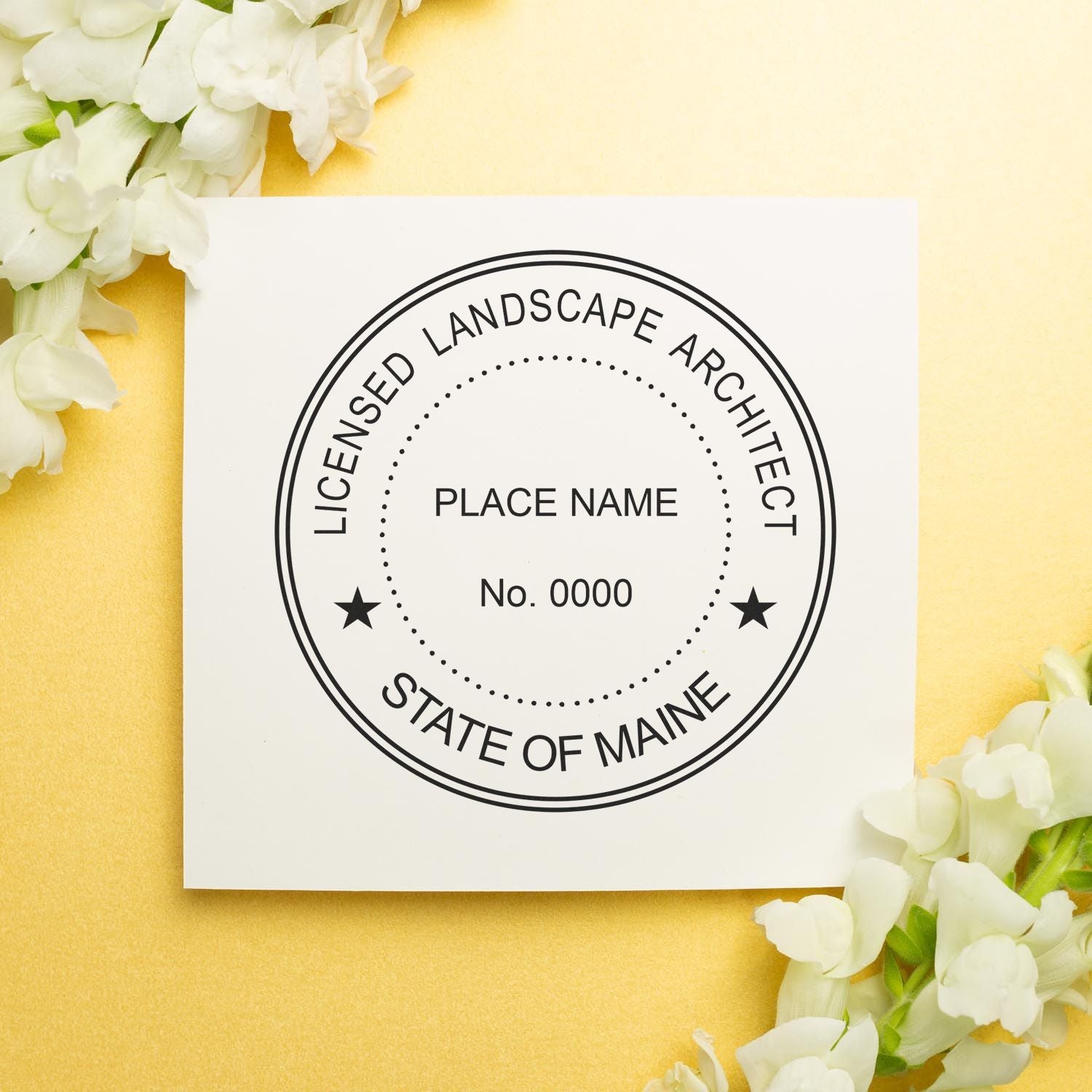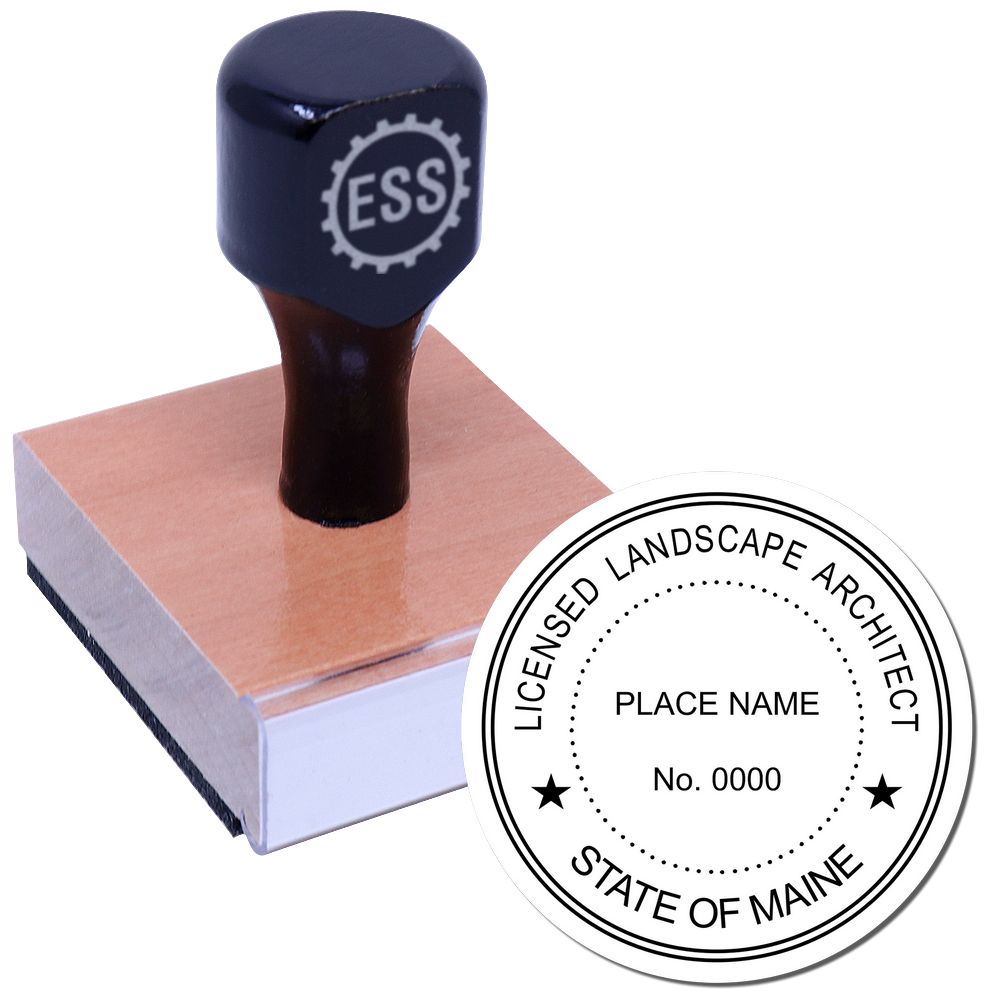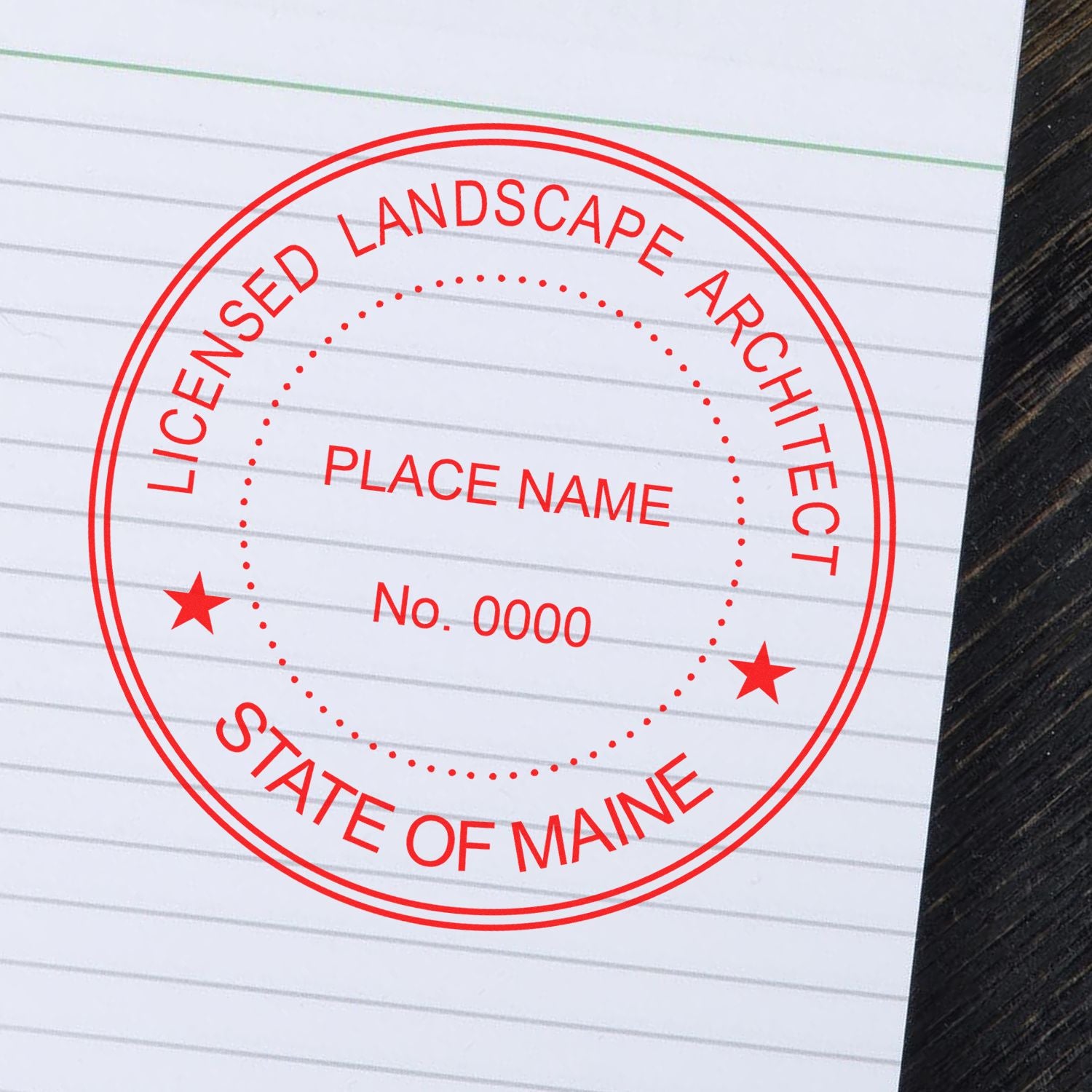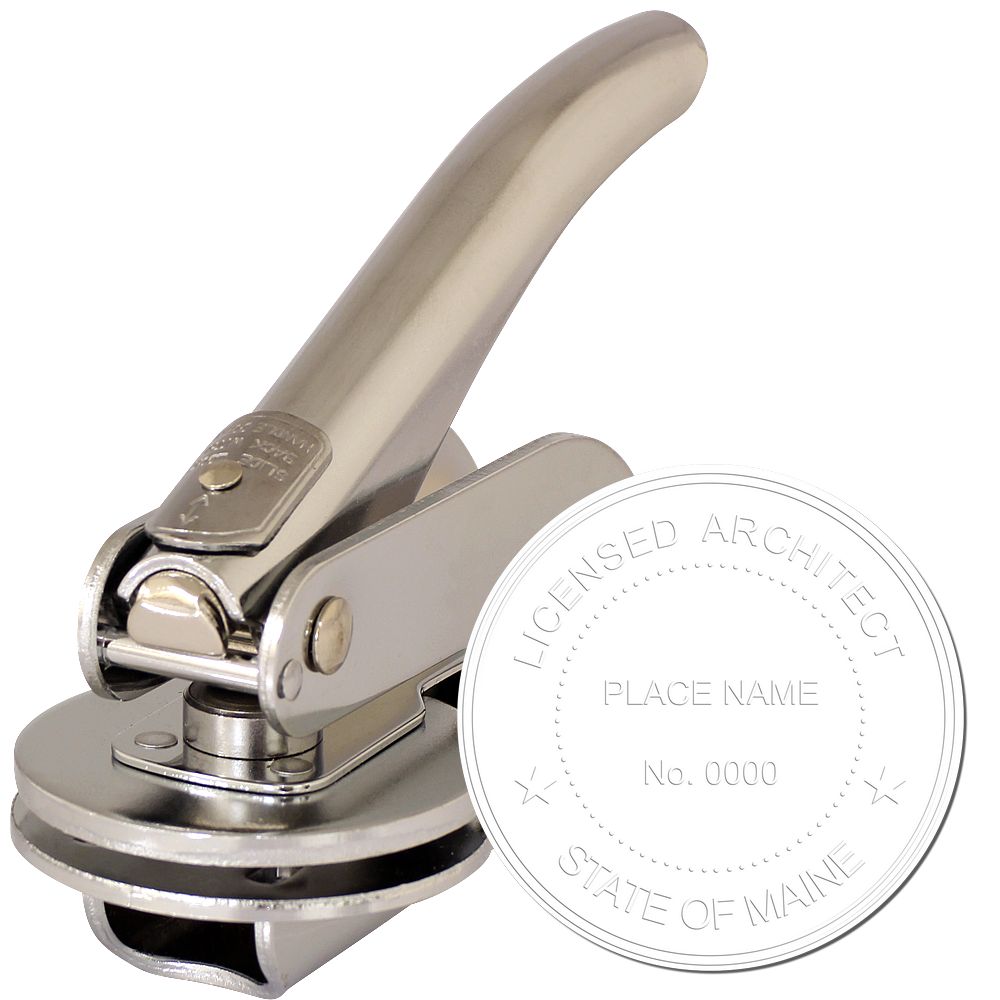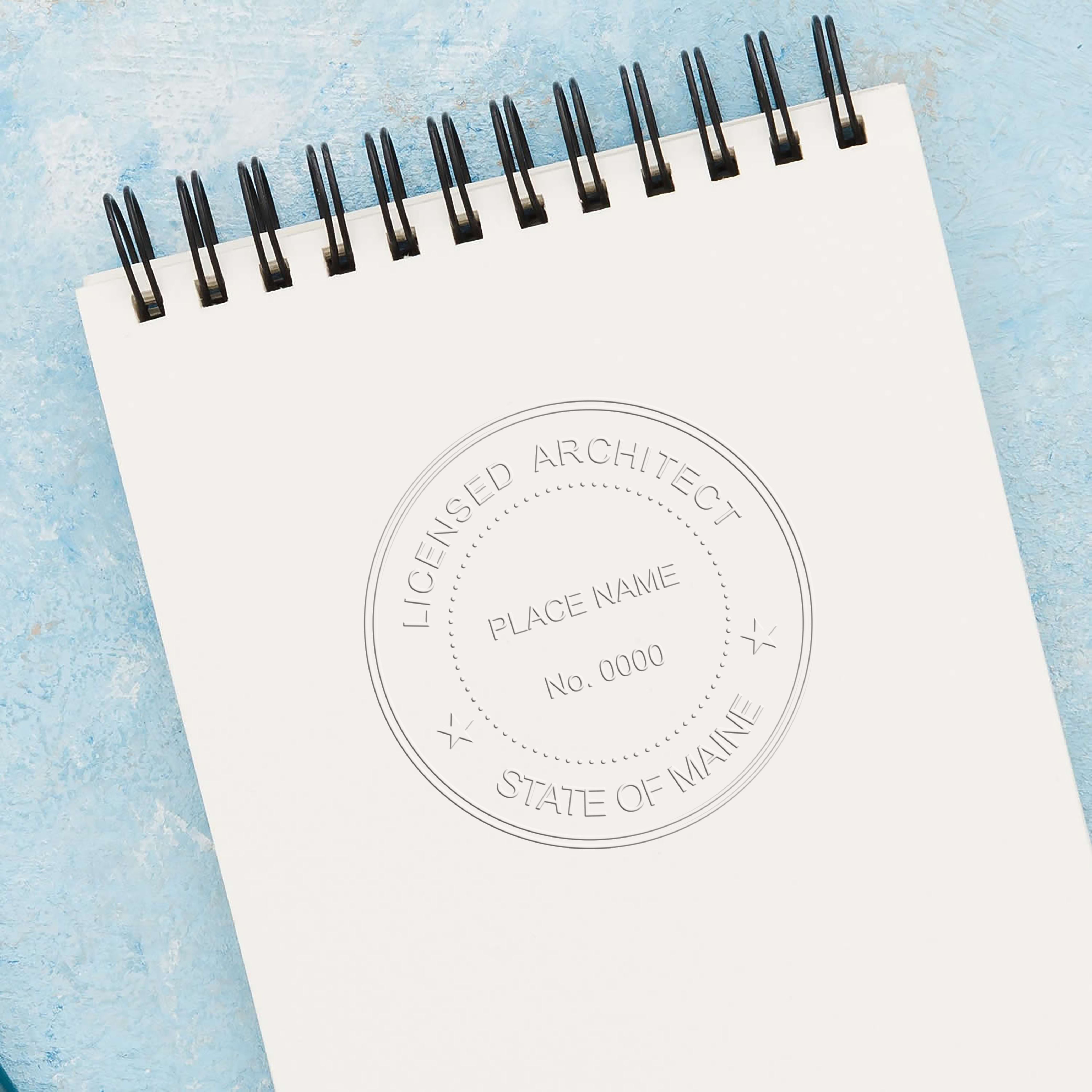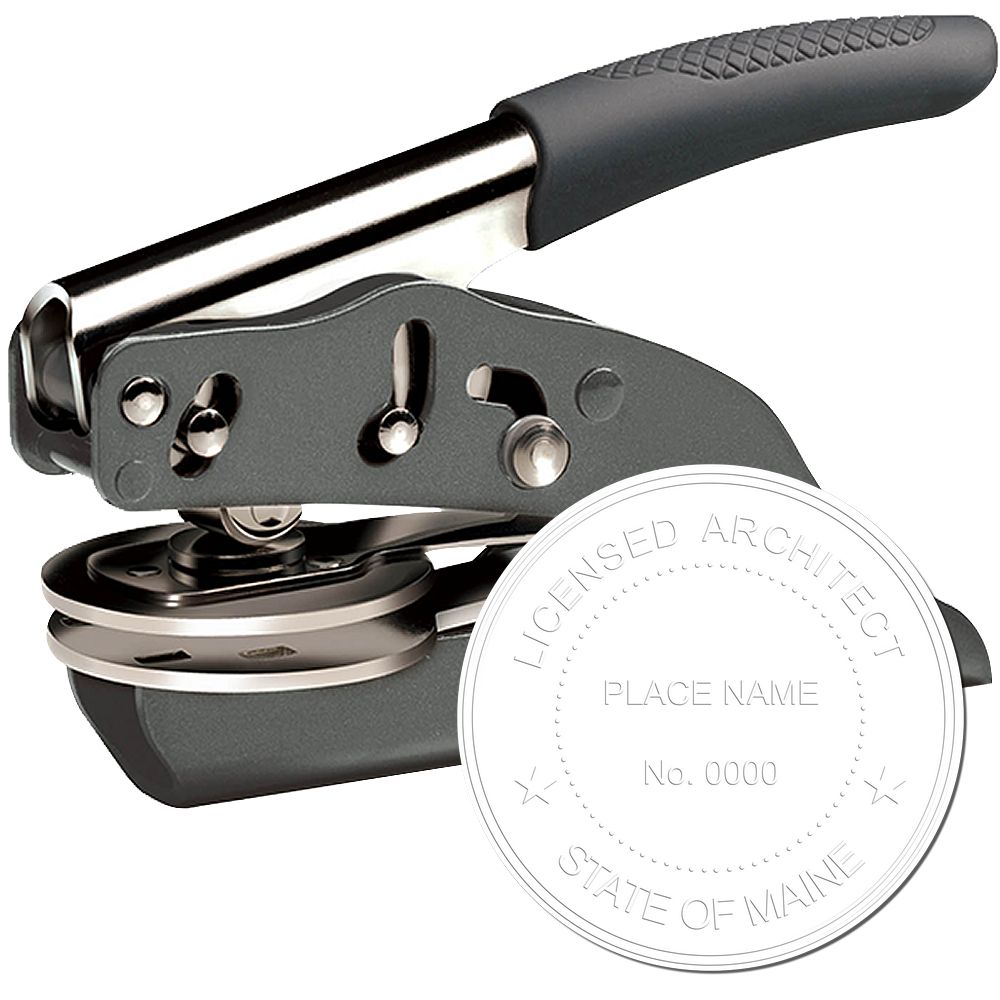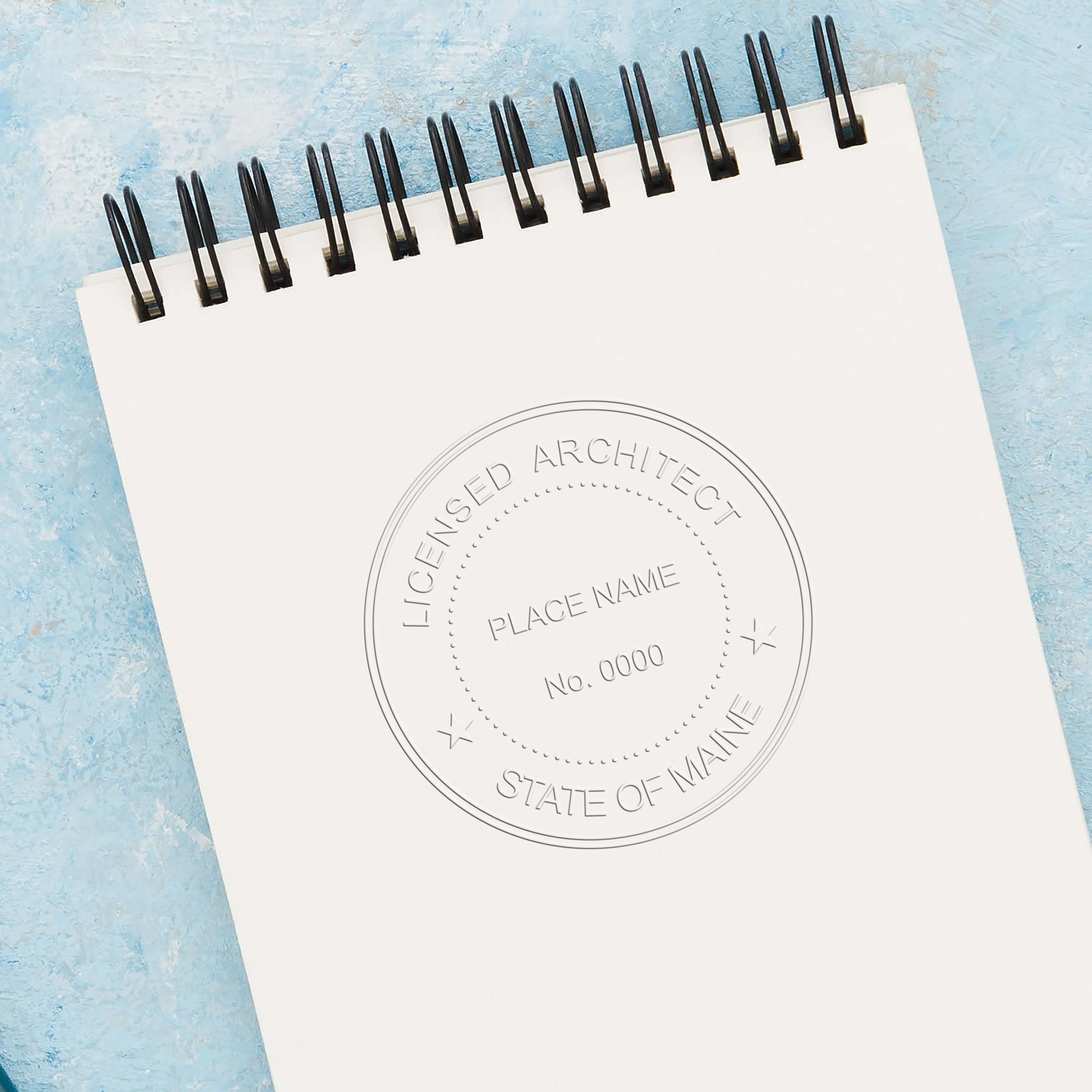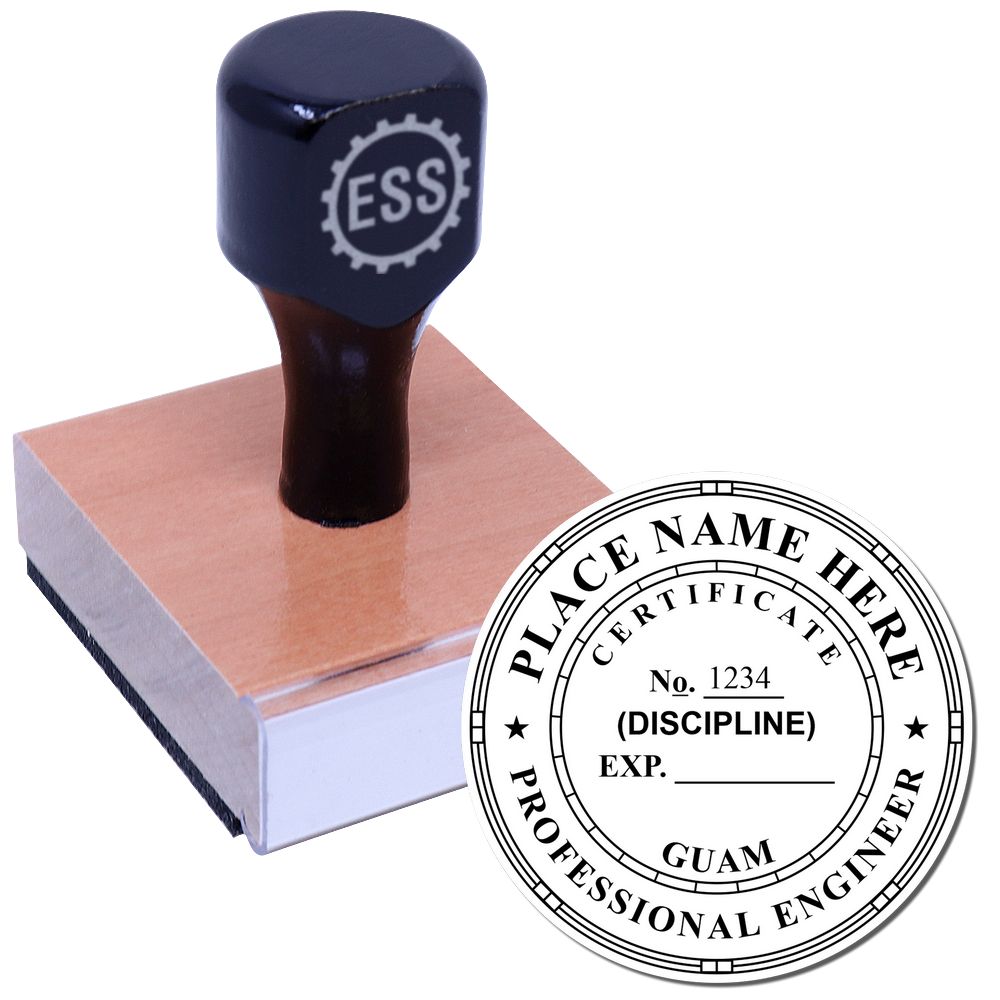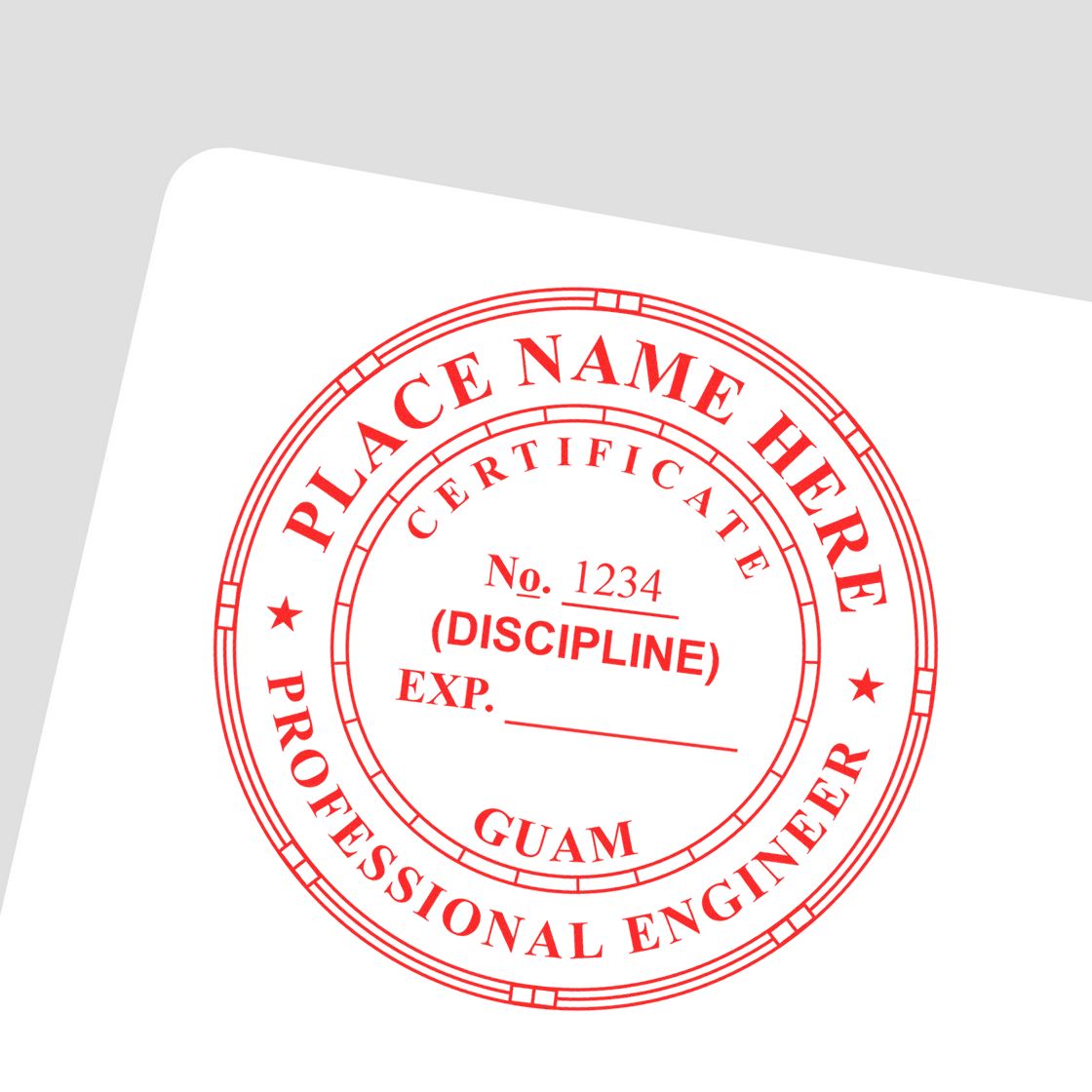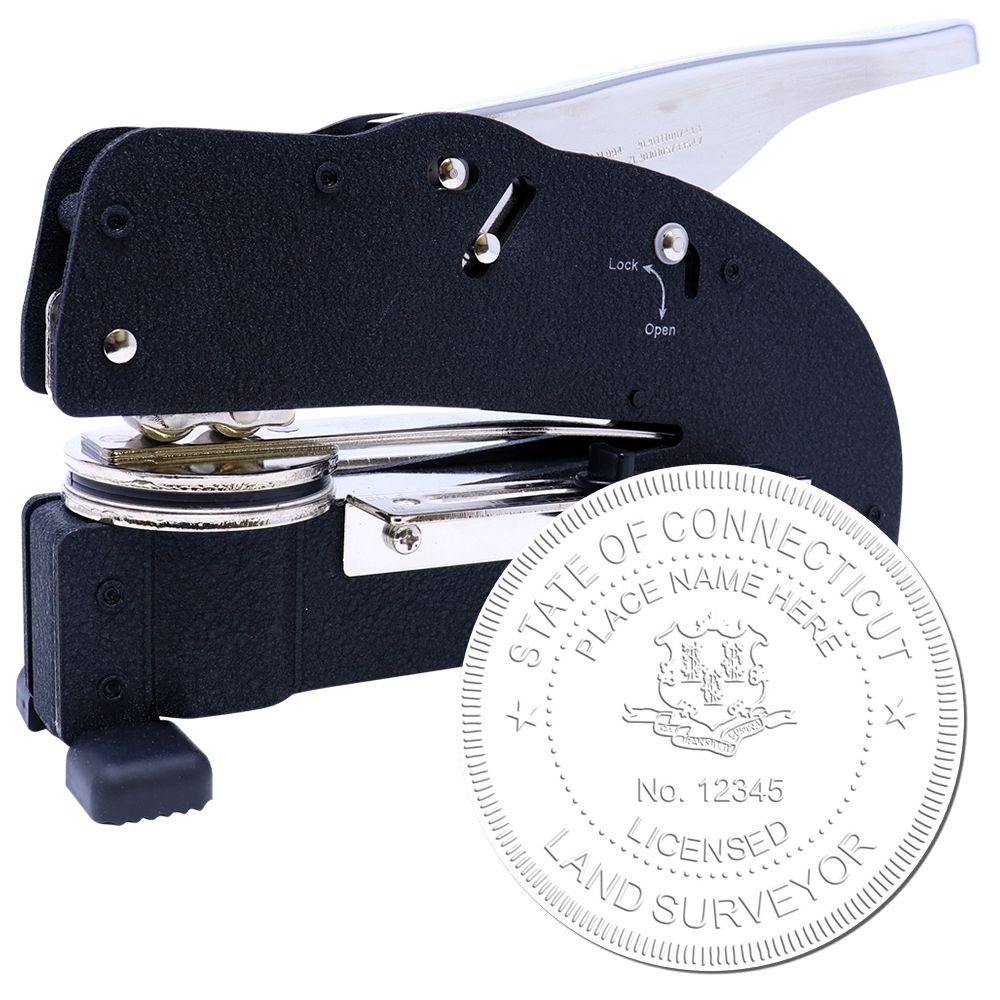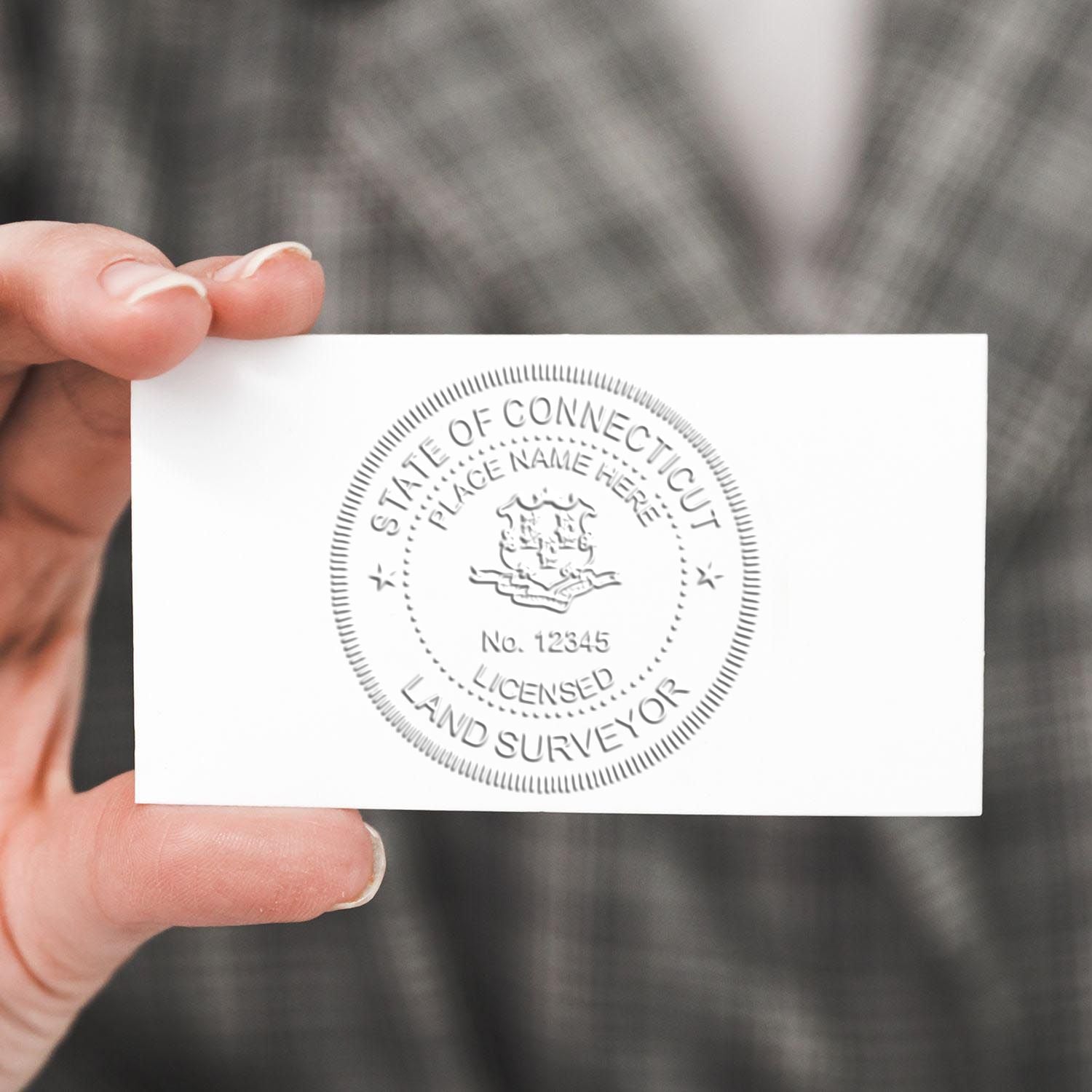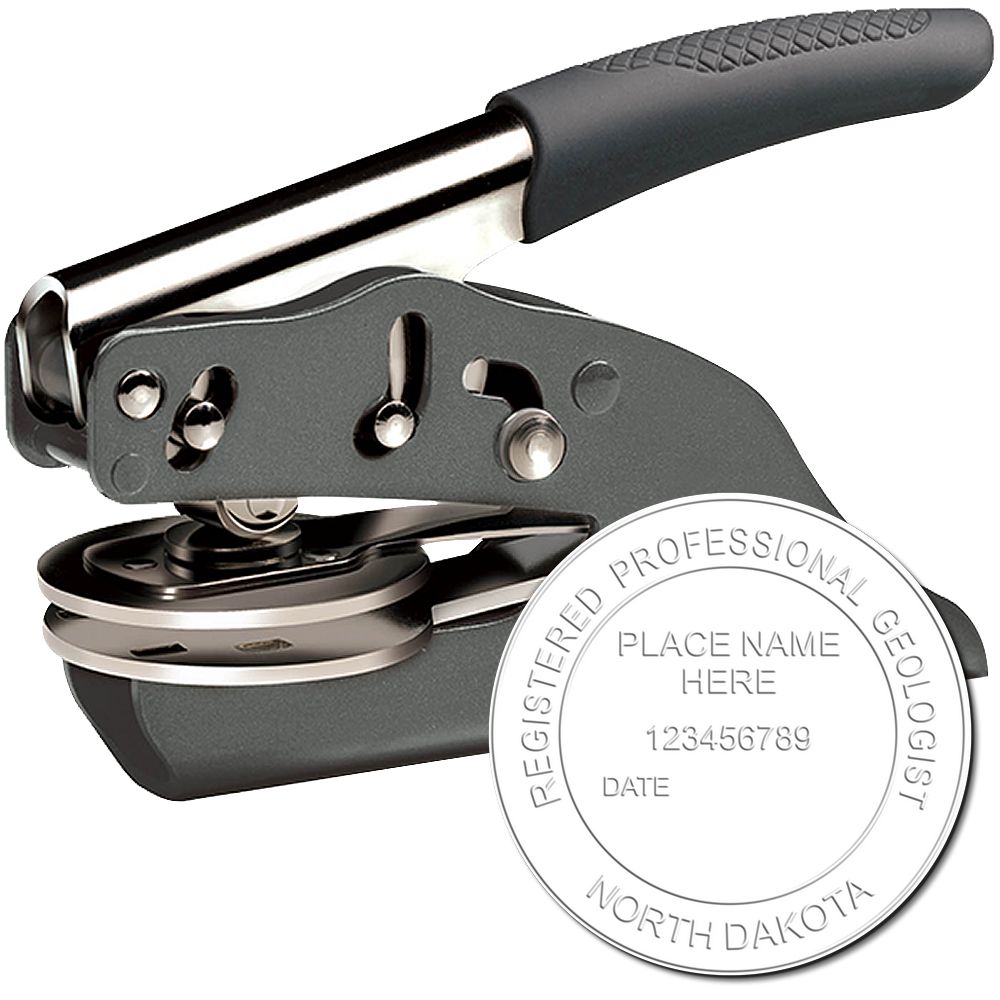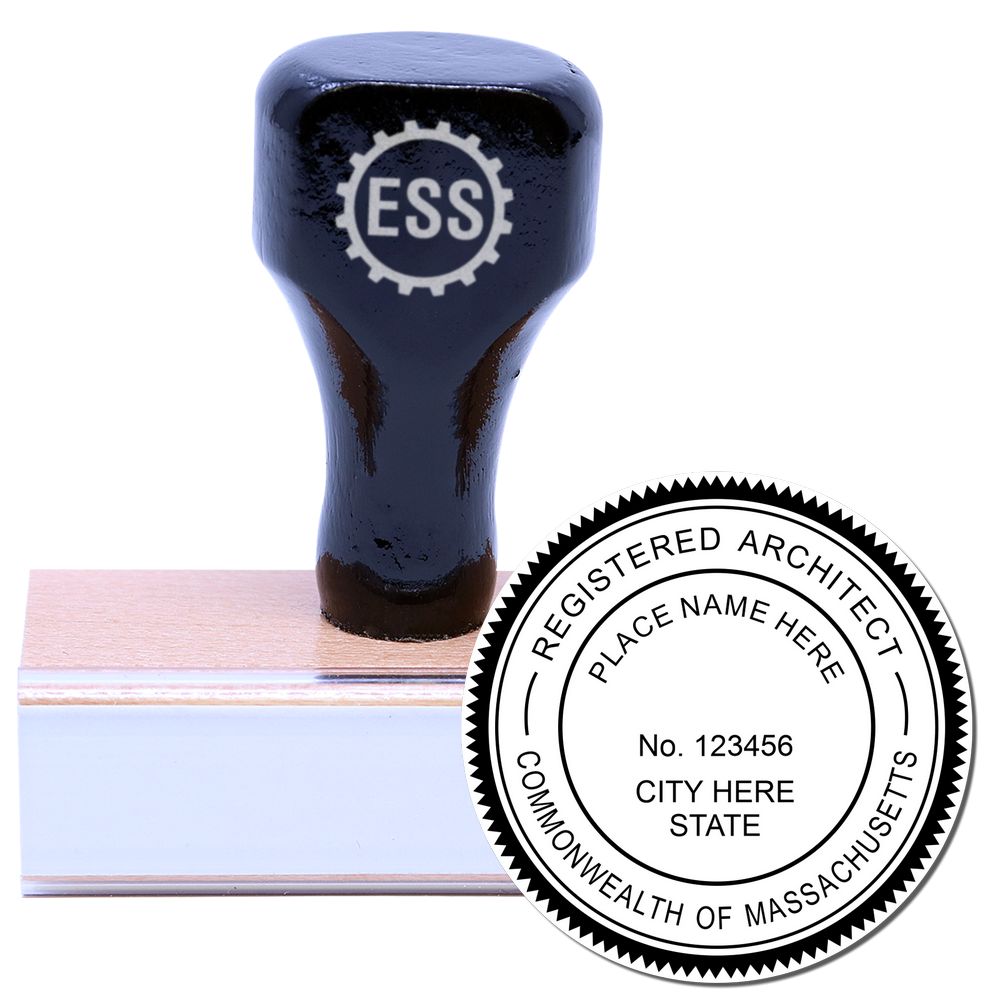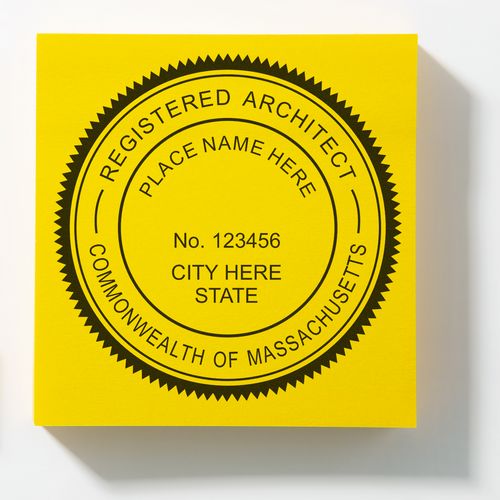Architect Seals: An Essential Tool
Architect seals play a crucial role in the architectural field, serving as essential tools for professionals in the industry. These seals not only authenticate architectural documents but also signify the responsibility and expertise of the architect. Understanding the significance of architect seals is important, especially when it comes to architect seals in Maine.
The Importance of Architect Seals
Architect seals hold immense importance in the world of architecture. They serve as a symbol of professionalism, accountability, and adherence to industry standards. By affixing their seal to architectural drawings, plans, and specifications, architects certify that the documents have been prepared by a qualified professional and comply with relevant regulations.
Architect seals provide reassurance to clients, contractors, and regulatory authorities that the architectural work has been reviewed and approved by a licensed architect. This helps to ensure the safety and quality of the structures being designed and constructed. Additionally, architect seals also protect the intellectual property of architects by clearly identifying their work.
Understanding Architect Seals in Maine
Architect seals in Maine are subject to specific legal requirements outlined by the state. These requirements ensure that architects in Maine adhere to the highest professional standards and maintain public trust.
To understand the specific regulations and guidelines for architect seals in Maine, architects should refer to the Maine Architect Stamp regulations. These regulations outline the design and content specifications, as well as the size and placement guidelines for architect seals in the state. For detailed information on Maine architect seal requirements, architects can visit our article on Maine architect seal requirements.
By familiarizing themselves with the regulations and guidelines, architects can ensure that their architect seals meet the necessary criteria and comply with state regulations. This includes having the correct design, accurate information, and appropriate size for the seal. Architects can refer to our article on Maine architect seal size for more information on the specific dimensions required for architect seals in Maine.
Understanding the importance of architect seals and the specific guidelines in Maine is crucial for architects practicing in the state. By utilizing architect seals that meet the necessary requirements, architects can confidently authenticate their work and demonstrate their commitment to professionalism and compliance with industry standards.
Maine Architect Seal Guidelines
Architect seals play a crucial role in the architectural profession, serving as official markings that authenticate documents and designs. Understanding the guidelines surrounding architect seals in Maine is essential for architects practicing in the state.
Legal Requirements for Architect Seals in Maine
In Maine, architect seals are subject to specific legal requirements outlined by the state's architecture board. These requirements ensure that architects adhere to professional standards and maintain the integrity of their work.
Architects in Maine are required to affix their seal to all drawings, specifications, and other documents that are prepared or issued by them. The purpose of the seal is to signify that the work has been performed by a licensed architect and complies with the applicable building codes and regulations.
For detailed information on the specific legal requirements pertaining to architect seals in Maine, architects can refer to the guidelines provided by the Maine Board of Architects.
Design and Content Specifications
Architect seals in Maine must adhere to certain design and content specifications to ensure consistency and professionalism. The seal should include the architect's name, license number, and the words "Licensed Architect" or an abbreviation such as "LA". It is important to use a clear and legible font for all text elements.
To provide a visual representation of the architect's registration, the seal may include the state of Maine's emblem or a graphic symbol associated with the architectural profession. The overall design should be clean and simple, allowing for easy identification and verification.
For information on specific design and content specifications for architect seals in Maine, architects can consult the Maine architect stamp guidelines.
Size and Placement Guidelines
The size and placement of architect seals in Maine are also regulated to ensure visibility and conformity. The seal should be clearly visible on the documents and should not be easily obscured or removed.

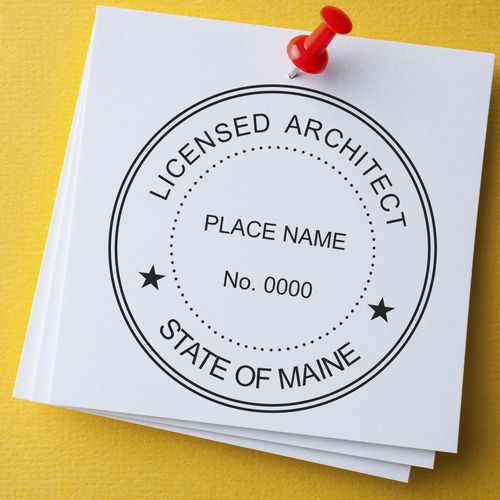
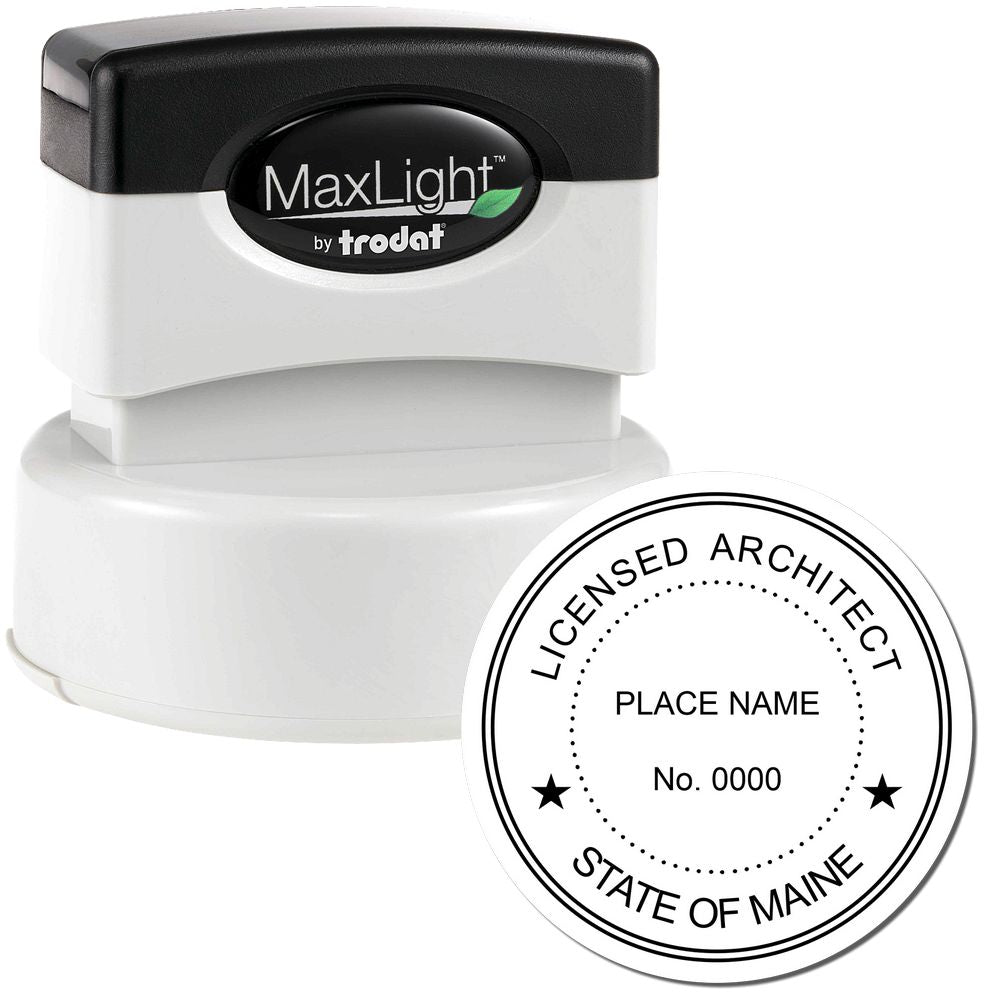
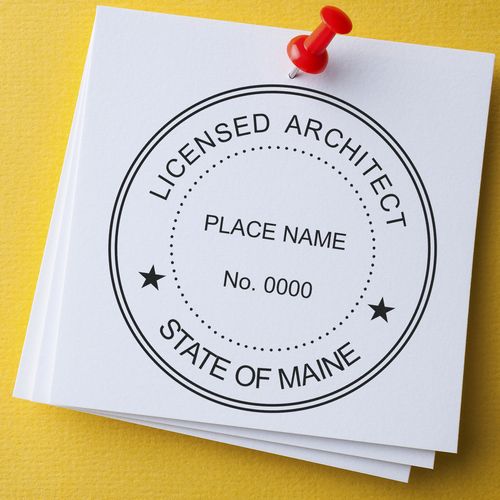
While there are no specific size requirements outlined by the state, architects should ensure that the seal is large enough to be easily read and reproduced. It is recommended to choose a size that allows for legibility when documents are reduced or enlarged.
Architects should place the seal in a consistent location on each document, such as the lower right-hand corner of drawings or the title block area. This facilitates easy identification and verification of the architect's involvement in the project.
For more information on size and placement guidelines for architect seals in Maine, architects can refer to the Maine architect seal size recommendations.
By following the legal requirements, design and content specifications, as well as the size and placement guidelines, architects can ensure compliance with the Maine architect seal regulations. Adhering to these guidelines helps to maintain the professional standards of the architectural profession and provides clients with confidence in the documents and designs they receive.
Obtaining a Maine Architect Seal
To practice architecture in Maine, obtaining an architect seal is a necessary step. This seal serves as a visual representation of an architect's professional credentials and signifies their authority to approve and authenticate architectural plans. In this section, we will explore the process of obtaining a Maine architect seal, including where to purchase one, factors to consider when choosing a seal, and the ordering and customization process.
Where to Purchase Architect Seals
Architect seals can be purchased from various authorized vendors. It is essential to select a reputable vendor that provides high-quality seals that comply with the Maine architect seal requirements. These requirements outline specific design and content specifications that the seal must adhere to, ensuring its validity and compliance with state regulations.
When looking for a vendor, it is advisable to consider factors such as reliability, customer reviews, and the vendor's understanding of the regulations surrounding architect seals in Maine. You can find more information about the Maine architect seal regulations on our article architect seal in Maine.
Factors to Consider when Choosing an Architect Seal
Choosing the right architect seal is crucial to ensure its effectiveness and longevity. Here are some factors to consider when making your selection:
-
Quality: Opt for a seal made from durable materials that can withstand regular use and provide clear and legible imprints.
-
Design: Ensure that the seal's design complies with the specific requirements outlined by the state. This includes the size, shape, and content specifications of the seal. For information on the size requirements, refer to our article on Maine architect seal size.
-
Ease of Use: Look for a seal that is easy to handle and operate, as this can streamline the stamping process and improve efficiency.
-
Customization Options: Some vendors offer customization options, allowing you to include your name, license number, and other relevant information on the seal. This personalization can enhance the professional appearance of your stamped documents.
Ordering and Customization Process
Once you have chosen a vendor, the ordering and customization process for your architect seal can begin. Typically, you will need to provide your professional details, including your name and license information, to be incorporated into the seal. The vendor will guide you through the customization options available, ensuring that your seal meets the necessary requirements.
After finalizing the design and customization details, the vendor will produce the architect seal and deliver it to your preferred address. It is important to review the seal upon arrival to ensure that it aligns with your specifications and complies with the relevant regulations.
By following the proper steps to obtain a Maine architect seal, architects can confidently authenticate their work and demonstrate their professional competence. Remember to always stay updated with the latest guidelines and regulations to ensure compliance with the state's requirements.
Maintaining and Renewing Architect Seals
Once an architect has obtained their Maine architect seal, it is essential to understand how to properly maintain and renew it to ensure its effectiveness and compliance with state regulations. This section will cover the proper care and handling of architect seals, the renewal process and requirements, and the importance of staying up-to-date with seal guidelines.
Proper Care and Handling of Architect Seals
To maintain the integrity and legibility of an architect seal, architects must handle and store it with care. Here are some best practices for proper care and handling:
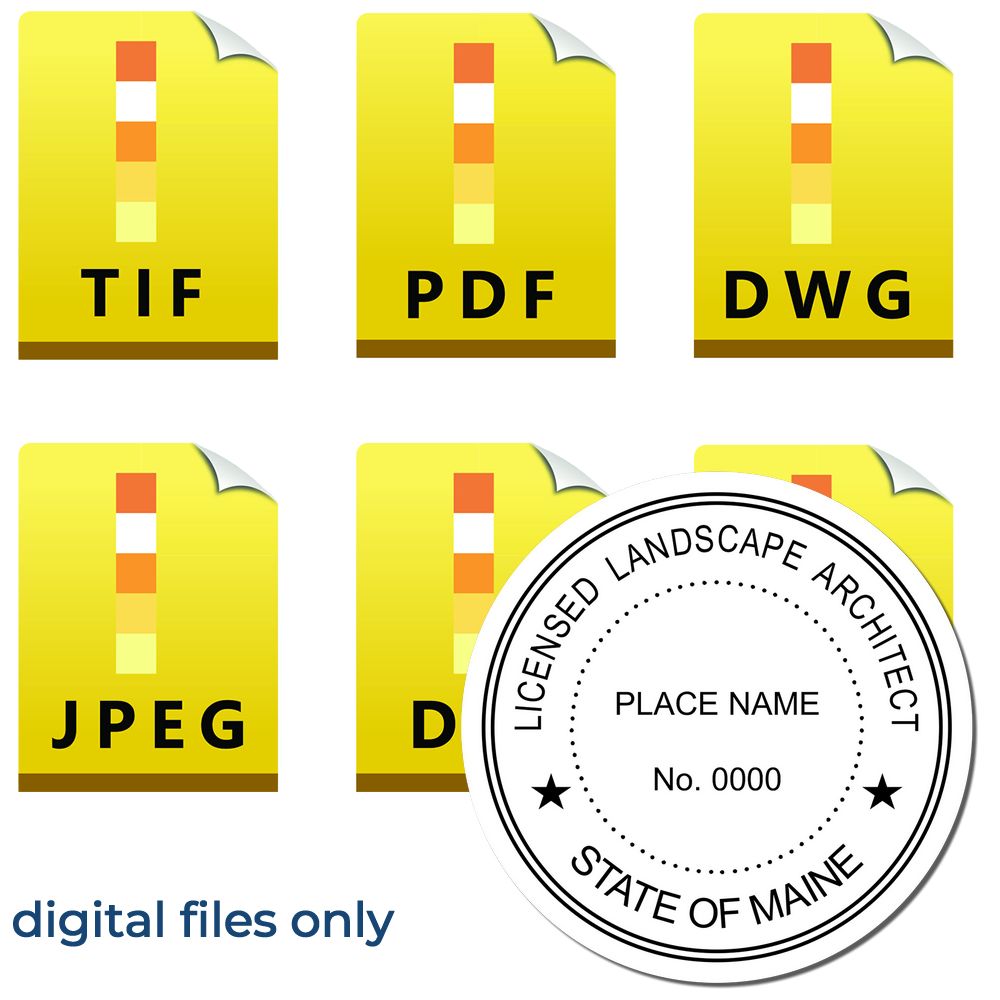
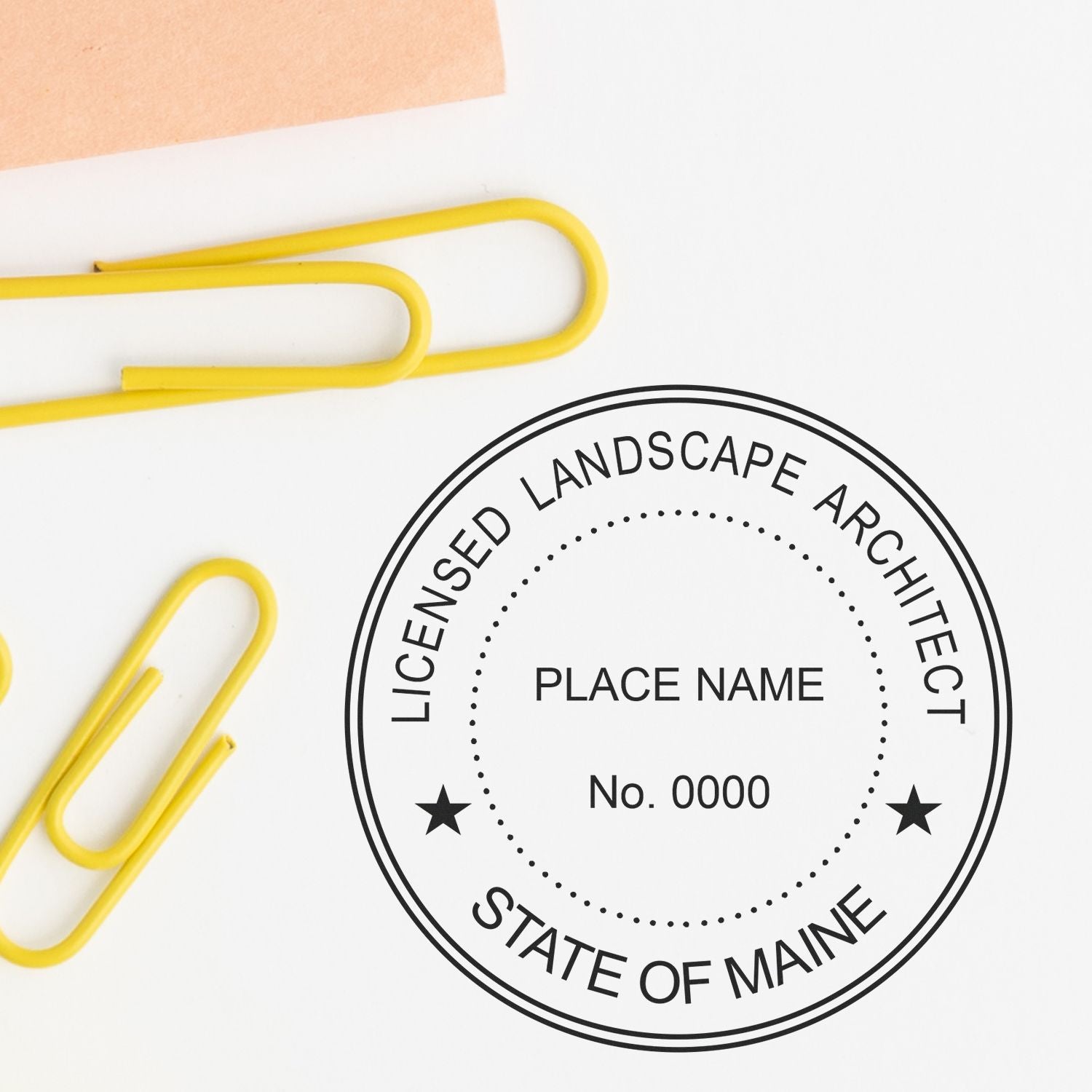

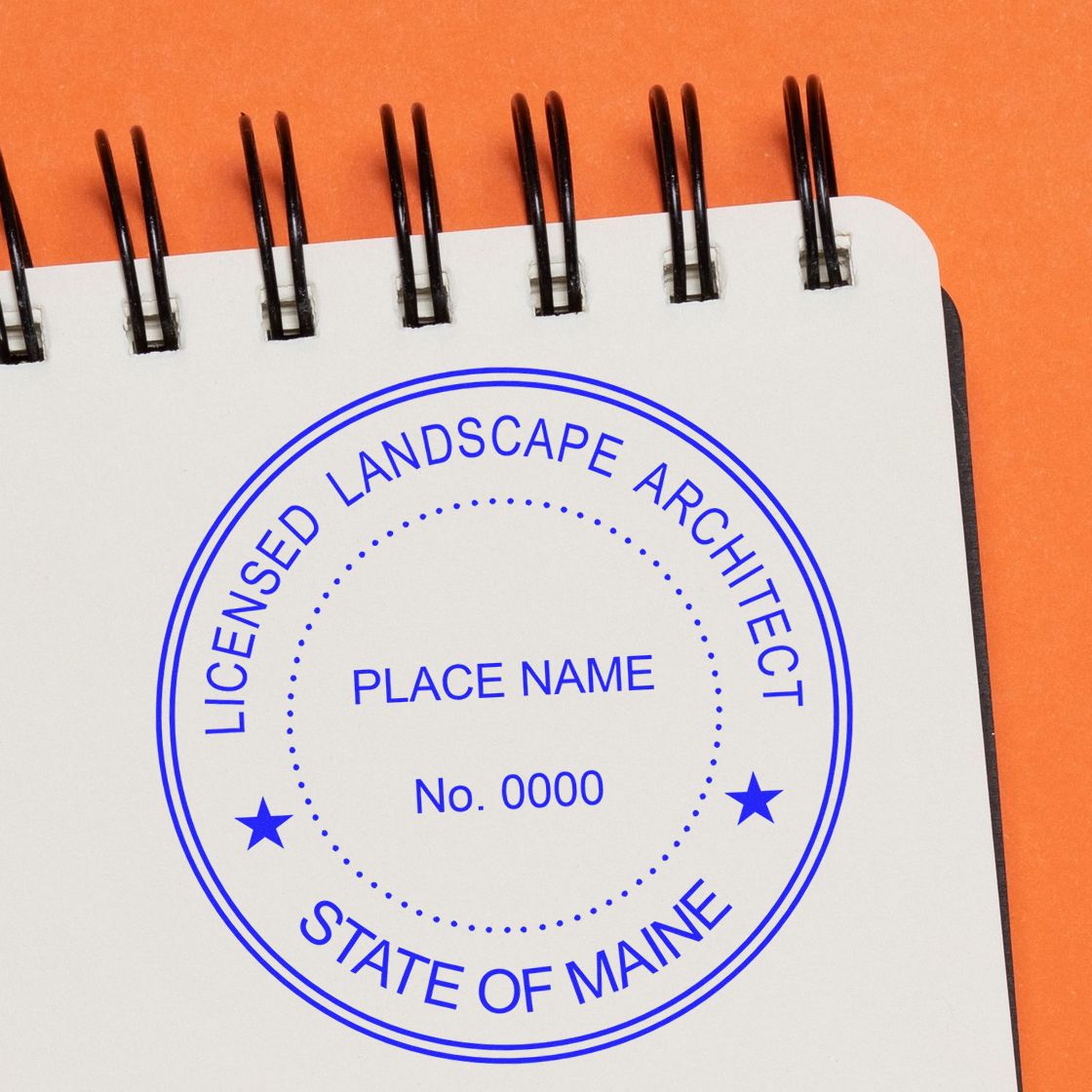
- Store the architect seal in a protective case or pouch when not in use to prevent damage or scratches.
- Avoid exposing the seal to extreme temperatures, as this can affect its performance and durability.
- Clean the seal regularly using a soft, lint-free cloth to remove any dirt or debris.
- Do not use harsh chemicals or abrasive cleaners, as they can damage the seal's surface.
- Inspect the seal periodically for any signs of wear or damage, such as a worn-out impression or cracked handle. If any issues are detected, it may be necessary to replace the seal.
By following these care and handling guidelines, architects can ensure that their architect seal remains in optimal condition, producing clear and professional imprints.
Renewal Process and Requirements
Architect seals in Maine must be renewed according to state requirements. The renewal process typically involves submitting an application and payment to the appropriate regulatory board. It is crucial for architects to stay informed about the specific renewal deadlines and requirements set by the Maine Board of Architects.
To renew an architect seal, architects may need to fulfill certain criteria, such as:
- Meeting continuing education requirements to stay updated with industry advancements and regulations. This may involve completing a specified number of professional development hours or courses. For more information on continuing education opportunities, architects can refer to our article on additional architectural associations and resources.
- Paying the renewal fee within the specified timeframe.
- Providing any additional documentation or information as required by the licensing board.
By adhering to the renewal process and meeting the necessary requirements, architects can ensure that their architect seal remains valid and legally compliant.
Staying Up-to-Date with Seal Guidelines
Architectural regulations and guidelines may evolve over time, so it is essential for architects to stay up-to-date with any changes or updates to Maine architect seal guidelines. This includes understanding any modifications to the design and content specifications, size and placement guidelines, and other relevant regulations.
Architects can stay informed by regularly checking the official website of the Maine Board of Architects or other trusted sources for any announcements or updates. By staying knowledgeable about the current regulations, architects can ensure that their architect seal continues to meet the necessary requirements.
In conclusion, maintaining and renewing an architect seal in Maine requires proper care and handling, adherence to the renewal process and requirements, and staying updated with seal guidelines. By following these guidelines, architects can confidently use their architect seal while complying with state regulations.
Resources for Maine Architects
As a Maine architect, it's important to stay connected with the architectural community and have access to valuable resources that can enhance your professional journey. Here are some additional architectural associations and resources, as well as opportunities for continuing education and ways to stay informed with industry updates.
Additional Architectural Associations and Resources
Joining architectural associations can provide you with valuable networking opportunities, access to educational resources, and a platform to exchange ideas with fellow professionals. Consider exploring the following architectural associations and resources in Maine:
-
American Institute of Architects (AIA) Maine Chapter: A local chapter of the AIA, offering professional development, advocacy, and networking opportunities for architects in Maine. Visit their website for more information on membership benefits and upcoming events.
-
Maine Historic Preservation Commission: An organization dedicated to the preservation and promotion of Maine's historic architecture. They provide resources, workshops, and guidance on architectural preservation projects.
-
Maine Building Officials and Inspectors Association: A professional association for building officials and inspectors in Maine. While primarily focused on code enforcement, they offer resources and educational opportunities relevant to architects as well.
These associations can help you expand your professional network, stay updated on industry trends, and access valuable resources to support your architectural endeavors.
Continuing Education Opportunities
Continuing education is essential for architects to stay current with advancements in the field and maintain professional licensure. By participating in continuing education programs, you can deepen your knowledge, sharpen your skills, and explore emerging architectural concepts. Here are a few avenues for continuing education:
-
Professional Development Courses: Many architectural associations, universities, and online platforms offer professional development courses specifically tailored for architects. These courses cover a wide range of topics, including design principles, sustainability, construction technology, and project management. It's important to select courses that align with your professional interests and goals.
-
Architectural Webinars and Workshops: Webinars and workshops hosted by industry professionals and organizations provide opportunities to learn about the latest trends, techniques, and technologies in architecture. These events often include presentations, case studies, and interactive sessions to facilitate knowledge sharing and collaboration.
-
Architectural Conferences and Events: Attending architectural conferences and events allows you to engage with experts, attend seminars, and explore exhibitions showcasing innovative architectural designs. These gatherings provide a platform for networking, knowledge exchange, and exposure to cutting-edge ideas.
Save 7%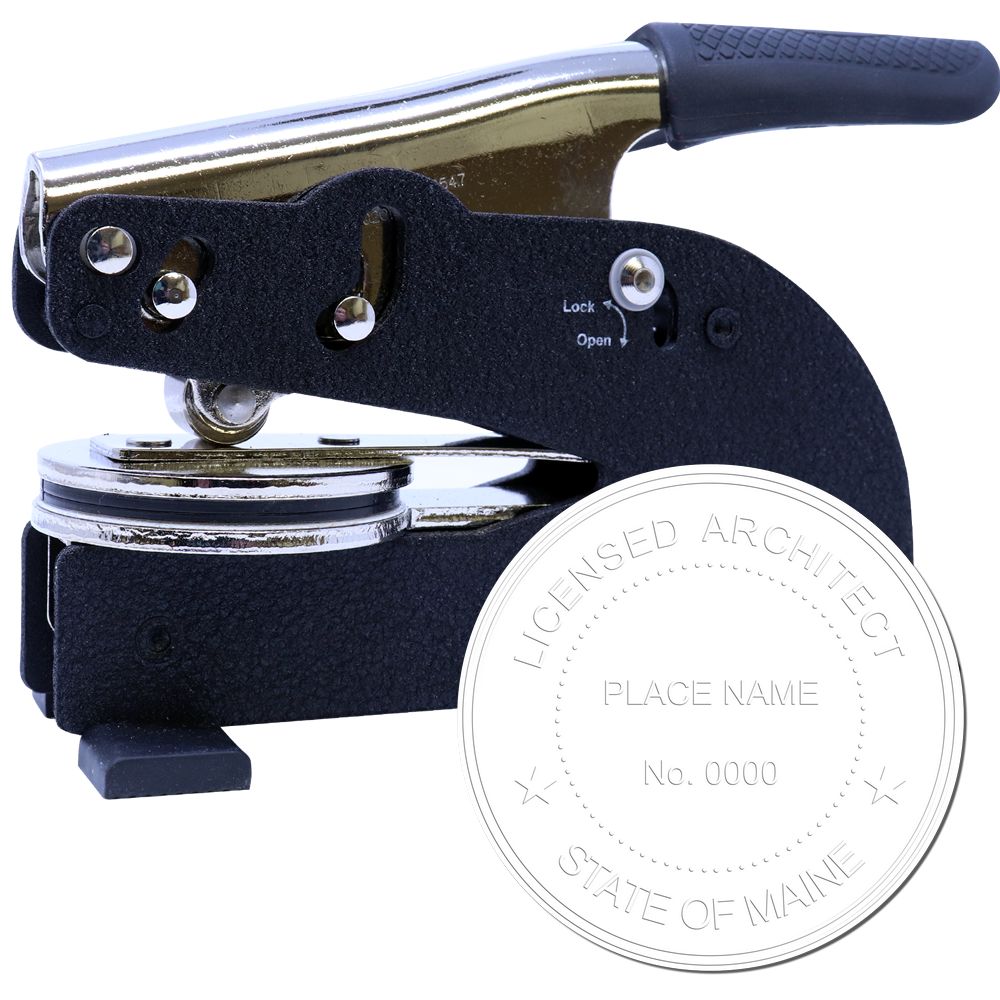
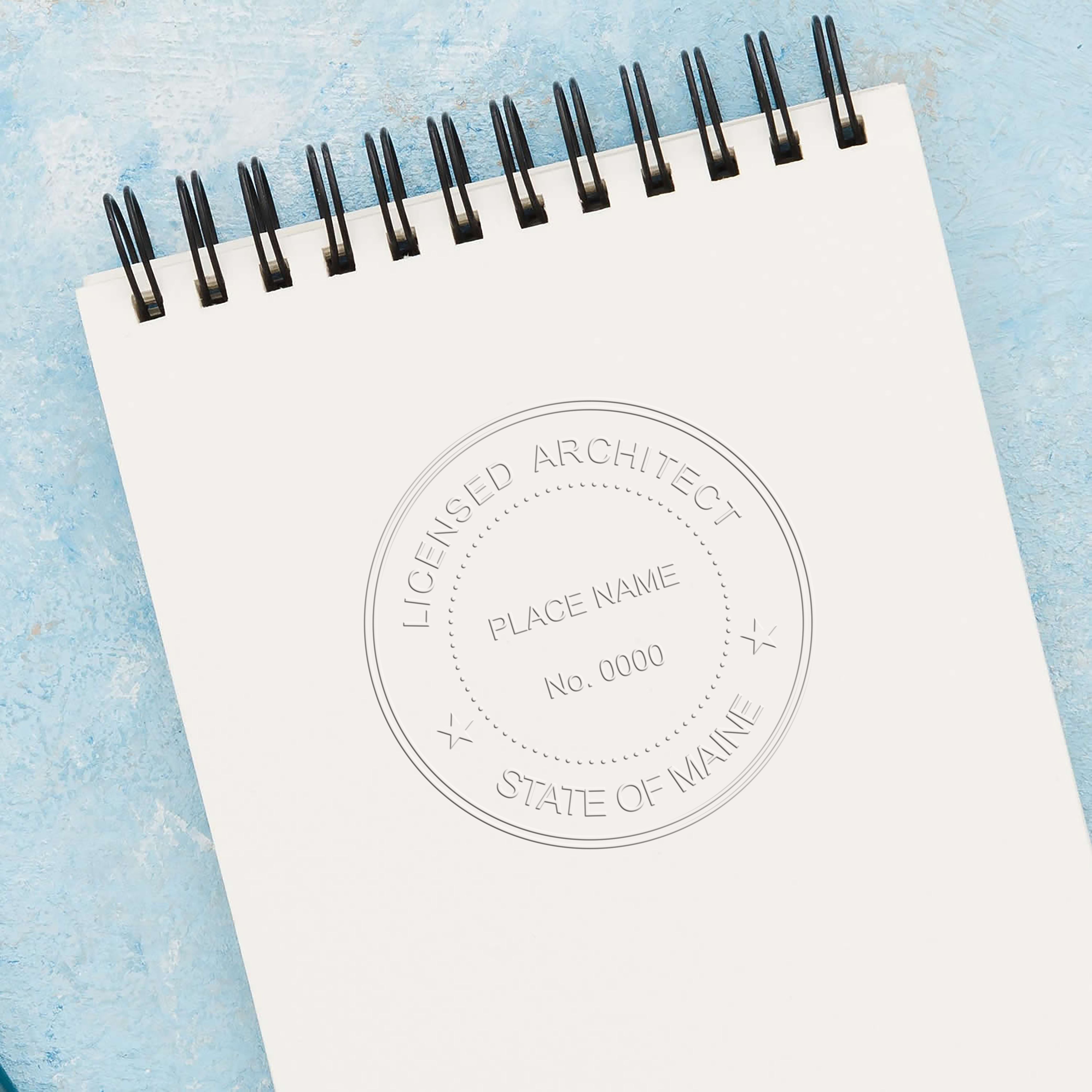 State of Maine Long Reach Architectural Embossing Seal3022ARC-MESale price$129.95 Regular price$140.00
State of Maine Long Reach Architectural Embossing Seal3022ARC-MESale price$129.95 Regular price$140.00
By engaging in continuing education, you can expand your skill set, stay competitive in the industry, and meet the requirements for professional licensure.
Staying Informed with Industry Updates
To stay ahead in the ever-evolving field of architecture, it's crucial to stay informed about the latest industry updates, regulations, and trends. Here are some ways to stay connected:
-
Trade Publications: Subscribe to architectural trade publications and magazines that provide insights, news, and in-depth articles on architectural design, construction, and industry trends. These publications often feature interviews with leading architects, project showcases, and valuable information on regulations and codes.
-
Online Architectural Forums and Communities: Engage in online forums and communities where architects come together to discuss industry-related topics, seek advice, and share experiences. Participating in these communities allows you to connect with like-minded professionals, learn from their expertise, and stay updated on architectural discussions.
-
Architectural Blogs and Websites: Follow reputable architectural blogs and websites that publish articles, opinion pieces, and case studies on various architectural topics. These platforms often cover innovative projects, sustainable design practices, and emerging architectural trends.
By actively seeking out and engaging with these resources, you can ensure that you are well-informed about the latest developments in the field and equipped to adapt to the changing landscape of architecture.
As a Maine architect, these additional associations, continuing education opportunities, and sources of industry updates can empower you to expand your knowledge, grow your professional network, and navigate the ever-changing world of architecture.
About ESS
Engineer Seal Stamps, also known as ESS, is a leading provider of high-quality custom rubber stamps, professional seals, and notary stamps. With a commitment to excellence in both product and service, we take great pride in offering a state board guarantee on all of our products. Our top-of-the-line engineer seal stamps and professional seals are perfect for architects, engineers, and anyone else in need of reliable and accurate stamping solutions.
At ESS, we understand that time is valuable. That's why we offer a quick turnaround on all of our products, ensuring that you receive your order in a timely and efficient manner. We believe that customer satisfaction is the foundation of any successful business, which is why we strive to provide stellar customer service to all of our clients. From the moment you place your order, our knowledgeable and friendly staff will work closely with you to ensure that your needs are met in every way possible.
In addition to our commitment to quality products and exceptional customer service, ESS also strives to be an environmentally conscious company. We make every effort to reduce our environmental impact by using sustainable and eco-friendly materials in our stamp production process. At ESS, we are dedicated to providing our customers with the highest quality stamping solutions. With our commitment to excellence, state board guarantee, quick turnaround, and environmentally conscious practices, you can trust that you are receiving the best products and service available.

